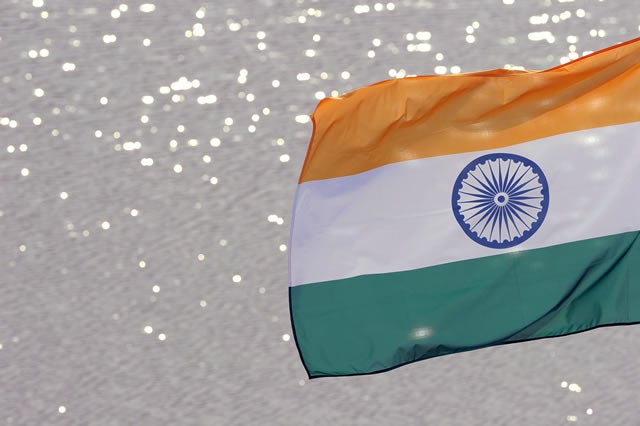The recent visit by Indian Prime Minister Manmohan Singh to China demonstrated an ongoing willingness on both sides to cooperate on issues of mutual interest and try to better manage the differences over their shared border.
This is an important dynamic to consider as the U.S. continues to develop its own growing relationship with India.
The signing of the Border Defense Cooperation Agreement (BDCA) was the most significant thing they accomplished. India claims that China occupies more than 14,000 square miles of Indian territory in Aksai Chin along its northern border in Kashmir, while China lays claim to more than 34,000 square miles in the eastern sector of India’s northeastern state of Arunachal Pradesh.
The BDCA affirms that neither side will use its military capability against the other and proposes information sharing, anti-smuggling initiatives, natural disaster cooperation, and increased diplomatic engagement. The two sides also agreed that if the Chinese and Indian militaries came in close proximity of one another near the disputed areas, they would operate with restraint.
Nonetheless, there is still concern over China’s sincerity in assenting to the agreement. Just before Singh’s visit, the Chinese issued invalid visas to two women from Arunachal Pradesh making it impossible for them to board the plane to China and incapable of competing at a world sporting event. Chinese actions prior to Singh’s visit made India reluctant to move forward with a visa liberalization agreement during the visit.
Despite the positive results of this meeting, India would be wise to approach its warming relationship with China cautiously. The signing of the BDCA follows a border flare-up last April when Chinese troops settled for three weeks six miles inside Indian territory in Ladakh. This preceded the Chinese premier’s visit to India and almost resulted in the cancellation of the meeting.
As part of its growing partnership with India, it is imperative that the U.S. continue to support India in its border claims, says Heritage Foundation senior fellow Lisa Curtis:
Sino–Indian tension, particularly over unresolved border issues and naval competition in the Indian Ocean, will persist in the years ahead and could even precipitate armed conflict, although this remains a relatively remote possibility. The U.S. must seek to build closer strategic and defense ties with India, both to help maintain a peaceful equilibrium in the region and to help deter any potential aggressive action by China.
The relatively cordial visit between India and China is welcome. It is in the U.S. interest that the two nuclear powers maintain peaceful borders and avoid any potential clashes that could escalate tensions. India will do what it can in this regard directly with China. The U.S. can help by continuing developing its relationship with India and helping it balance China’s burgeoning power.



























